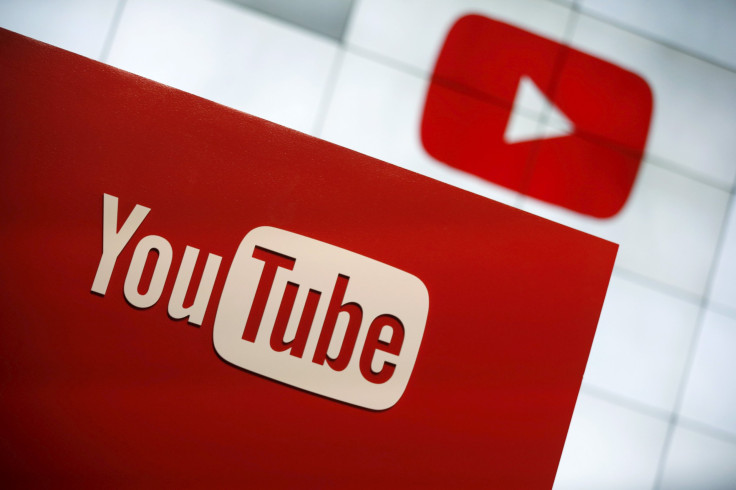YouTube To Fix LGTBTQ Censorship In Its Restricted Mode

On Thursday, British YouTuber Rowan Ellis posted a video on YouTube, in which she complained about the video sharing website’s policies. The company’s Restricted Mode, aimed at protecting children against mature content, was apparently filtering out LGBT content.
Read: UK Government Pulls YouTube Ads Related To Extremist Content
On Monday, Johanna Wright, vice president of product management at YouTube, in a post on YouTube Creator Blog, not only accepted the flaw in YouTube’s policies, but also stated that the website will work to fix it. She said, “The bottom line is that this feature isn’t working the way it should. We’re sorry and we’re going to fix it.”
YouTube’s Restricted Mode was introduced in 2010 as an optional feature, which lets organizations such as schools as well as parents and guardians moderate the kind of content available to children to watch. The purpose of the feature, according to the official blog post, was to restrict content containing profanity, violence and descriptions of diseases and addictions, which could be unsuitable for children.
Read: YouTube Announces Additional Tools For Creators, Including Flagging Offensive Comments
Restricted Mode accounts for 1.5 percent of YouTube’s total views, which makes the Restricted Mode’s filtering out of LGBT content a big setback to YouTube creators such as Ellis.
YouTube blames its automatic contextual system for making LGBT content unavailable in the Restricted Mode. According to Wright, all such videos are now manually being assessed and most of them have already been made available in the Restricted Mode. YouTube won’t be abandoning automatic curating of content, but it will use input from LGBT creators to train its systems better.
The company has asked for more time to conduct a full audit of its technology and for rolling out the required changes to its system.
© Copyright IBTimes 2024. All rights reserved.











